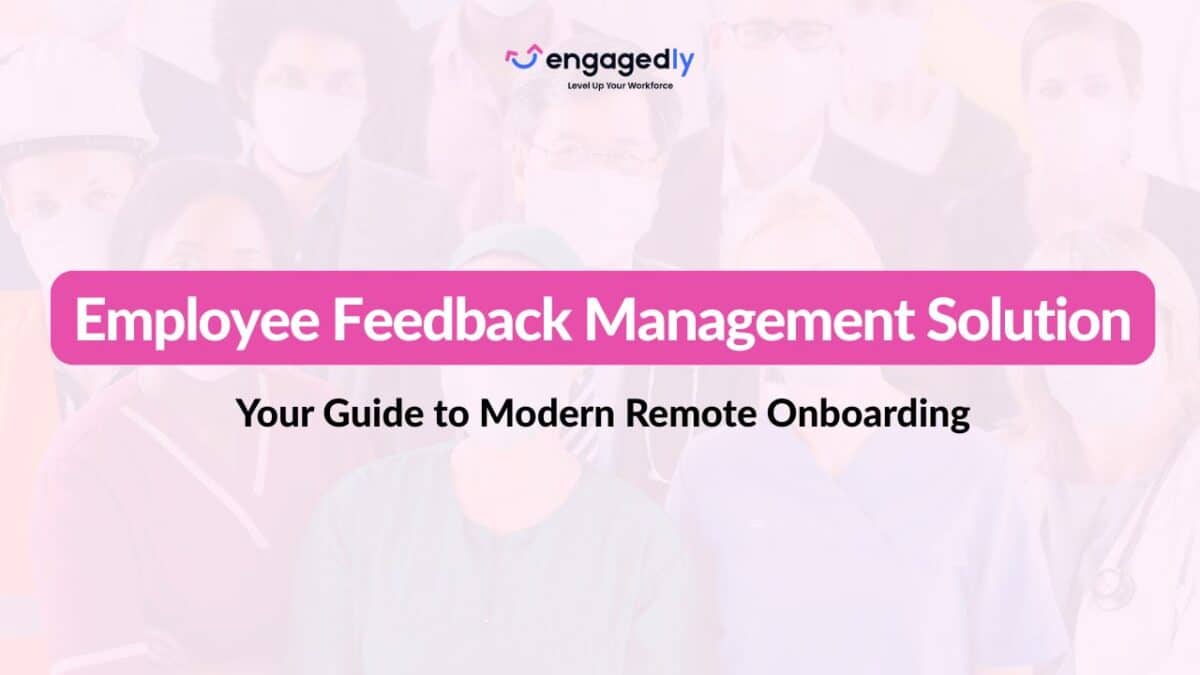360 degree feedback programs can be useful as they provide rounded perspectives on employees.
However, very often, the problem with 360 degree feedback programs is that they fail because of a few glaring oversights on part of the people who carry them out. And because of these failures in carrying them out, organizations might think 360 degree feedback programs do not offer enough payoff for the effort involved. When in reality, it is the process that needs to be tweaked, and not the program itself that needs to be junked.
Let’s take a look at four of the most common reasons why 360 degree feedback programs fail.
No Clear Purpose
One of the biggest mistakes that are made with respect to 360 degree programs is a lack of purpose. Organizations tend to carry out 360 degree programs because it is the ‘in’ thing to do, not because they actually need to carry out a program. Ideally, 360 degree programs are carried out once a year. Typically, they collect feedback about an employee from a variety of sources, which reduces the incidence of bias and can provide relevant insights into how well the employee works.
It is prudent to figure out the purpose first and then implement the 360 feedback program. Because then it becomes easier when you know what you want to do with the resulting information.
Also read: The Benefits of 360 Feedback for Leaders
Not Enough Communication
A lack of communication can colossally screw up many undertakings, especially things like feedback programs. If a 360 feedback program is upcoming in the wings, then employees should be informed of it well in advance. They should also be prepared for the program, understand how it will help them, how they should participate in it, etc. And most importantly, once the 360 feedback program is done, employees need to know that action will be taken.
Lack of Confidentiality
Confidentiality is not the same as anonymity. If participants of a 360 degree program are not sure of how confidential their feedback is going to be or have previously been subjected to a breach of confidentiality, then naturally the results of the program will be skewed. If you want a 360 degree program to run smoothly, then you need to ensure that the participants’ feedback will remain confidential. And most importantly, communicate this fact to them. If they are not sure about how confidential the information is going to remain, that will affect the results of the program as well.
Also read: Prepare Your Team For 360 Degree Review
No Plan of Action After the Program
When employees hear that a 360 degree feedback is going to happen, they expect there to some changes after the program is done. Participants of a program to expect the same. There is no point in carrying out a 360 degree program if there is no follow-up action plan after the program. Before the program, state that action will be taken. And once the program is done, take action. The action could be in many forms. For instances, some employees might receive additional responsibilities. Or feedback they have shared about changing processes can be implemented.
Whatever plan of action is undertaken, the end result is that the change should be visible to employees or at the very least communicated to them.
If you want to implement 360 feedback the right way, at your organization, Engagedly can help you.
Request a live demo from our experts!
Kylee Stone
Kylee Stone supports the professional services team as a CX intern and psychology SME. She leverages her innate creativity with extensive background in psychology to support client experience and organizational functions. Kylee is completing her master’s degree in Industrial-Organizational psychology at the University of Missouri Science and Technology emphasizing in Applied workplace psychology and Statistical Methods.





